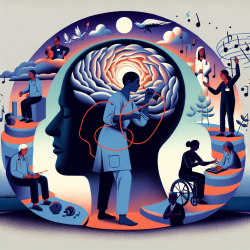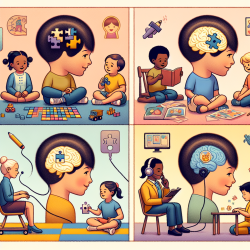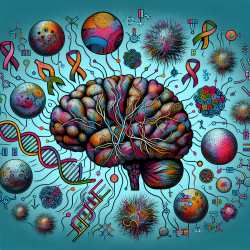Introduction
Acquired brain injury (ABI), encompassing conditions such as stroke and traumatic brain injury (TBI), poses significant challenges to individuals, affecting their mobility and participation in community life. With an estimated 1.5 million Canadians experiencing ABI, the economic impact on the healthcare system is profound, exceeding $26.8 billion annually. The transition from acute care to community reintegration remains a critical phase, often fraught with barriers that hinder effective rehabilitation.
Research Insights
A recent study titled "Perspectives of clinicians and survivors on the continuity of service provision during rehabilitation after acquired brain injury" provides valuable insights into the care experiences and service design for individuals with ABI. Conducted through focus groups with clinicians and ABI survivors, the study identifies five key themes: enabling continuity of care, system design, accessibility and services in the community, transportation services, and uncertainty about provided services.
Key Findings and Recommendations
1. Enabling Continuity of Care
Continuity of care is essential for sustaining treatment goals and facilitating community reintegration. Clinicians emphasized the need for improved transition processes from acute to rehabilitation settings, highlighting the importance of electronic health records for timely information transfer. For practitioners, focusing on holistic discharge planning that considers cognitive and visual impairments alongside mobility is crucial.
2. System Design and Quality of Care
Participants reported mixed satisfaction with the quality of care, noting a lack of expertise among some healthcare providers. Implementing a systematic approach to care practices can enhance patient outcomes. Practitioners should engage in continuous professional development to better understand ABI and its multifaceted impact on patients.
3. Accessibility and Community Services
Environmental barriers and limited access to specialized services post-discharge were significant concerns. Practitioners can advocate for community-based support groups and tele-rehabilitation services to bridge these gaps, ensuring continuous care and support for ABI survivors.
4. Transportation Services
Transportation challenges, particularly for those with cognitive impairments, restrict community participation. Clinicians and policymakers should collaborate to improve adaptive transport services, ensuring they cater to both physical and cognitive needs.
5. Addressing Uncertainty in Services
Survivors expressed uncertainty about managing their impairments post-discharge. Providing clear, accessible information about available services and expected recovery trajectories can empower patients and reduce anxiety.
Implementing Change
To enhance rehabilitation outcomes, practitioners should consider integrating tele-rehabilitation technologies, which offer flexible, remote support and reduce barriers related to transportation and accessibility. Furthermore, fostering a patient-centered approach by involving patients in decision-making and goal-setting can significantly improve engagement and satisfaction.
Conclusion
The study underscores the importance of a patient-centered continuum of care, emphasizing the need for coordinated services that address both physical and cognitive rehabilitation needs. By adopting these insights, practitioners can contribute to improved mobility and community participation for individuals with ABI.
To read the original research paper, please follow this link: Perspectives of clinicians and survivors on the continuity of service provision during rehabilitation after acquired brain injury.










